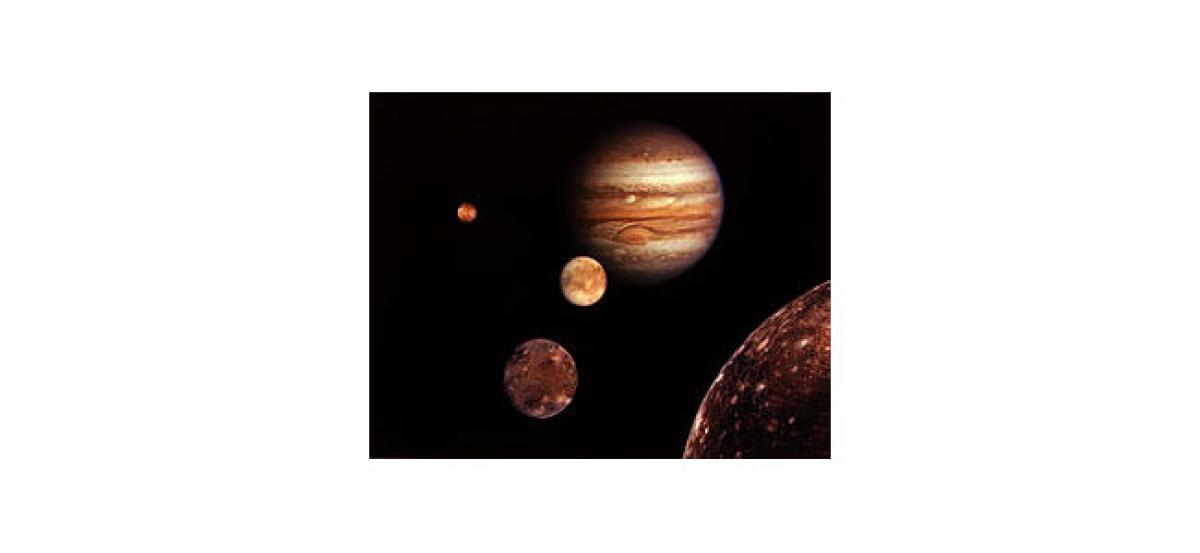Live
- TS to implement farmers loan waiver scheme by Aug 15
- 1961 celestial wedding song mesmerises even now
- Knowledge Nation Law Centre: A beacon of excellence in legal education
- CM urges Goa counterpart to rehabilitate Kannadigas
- Bommai hiked quota for SCs/STs to uphold social justice: Seer
- Rajahmundry MP Margani Bharat demands comprehensive probe on into Attack on Jagan
- 50 Families from YSRCP in Kota Nemalipuri Village Join Telugu Desam Party
- NDA Meeting Held in Janasena Party's New Office
- MLA Mekapati Vikram Reddy express confidence in YSRCP coming back to power
- TDP MP Candidate Kesineni Chinni says Sujana's Victory as Turning Point for West Development









